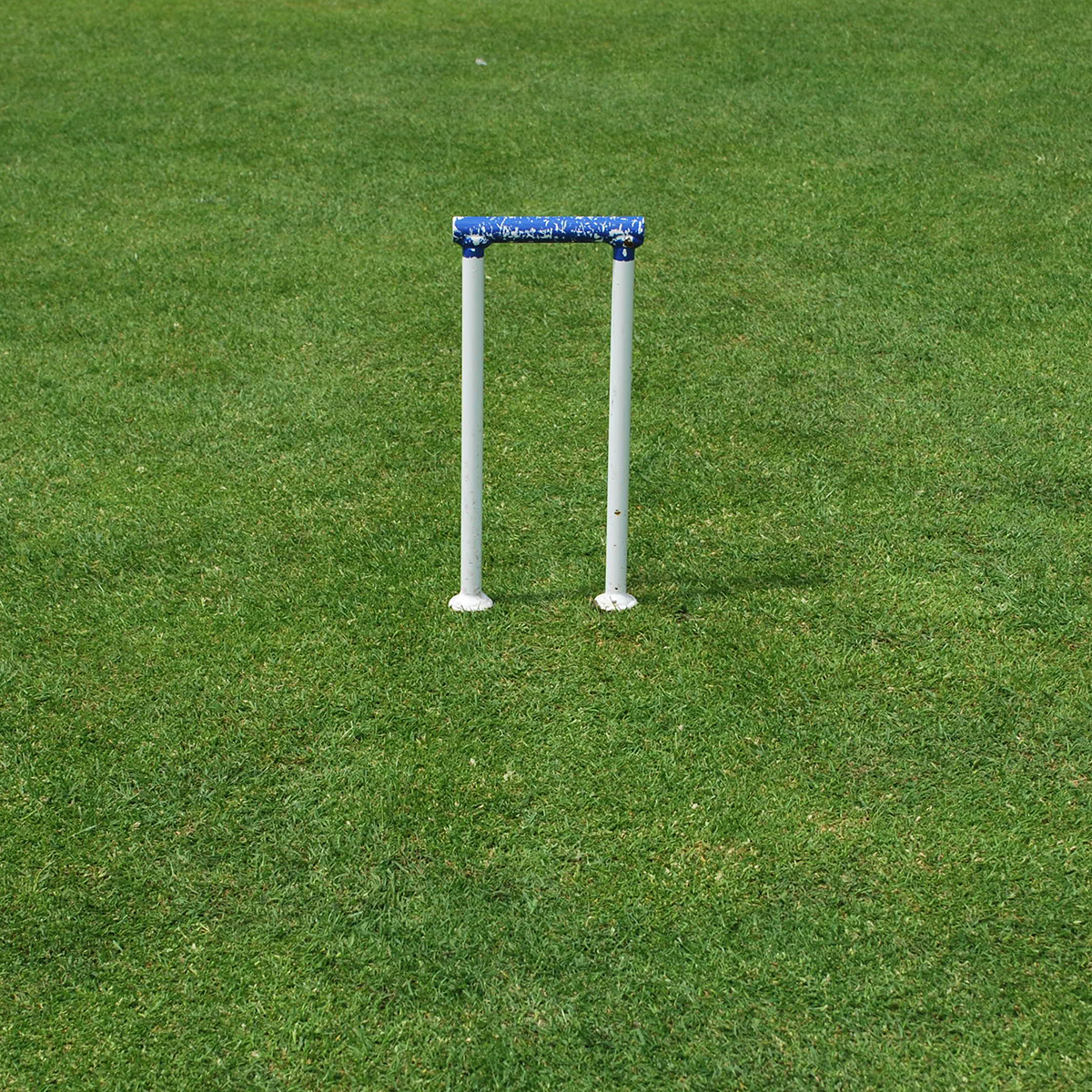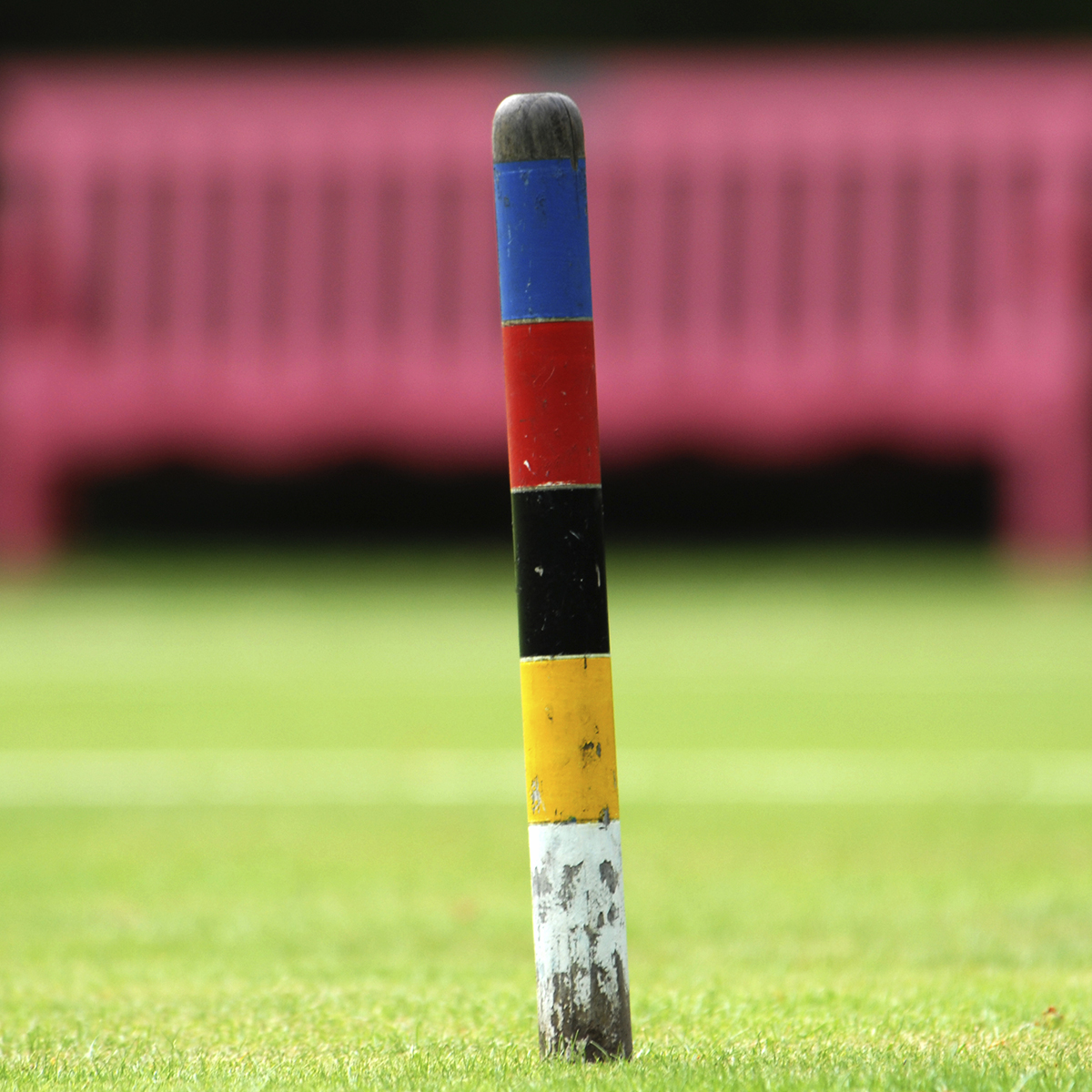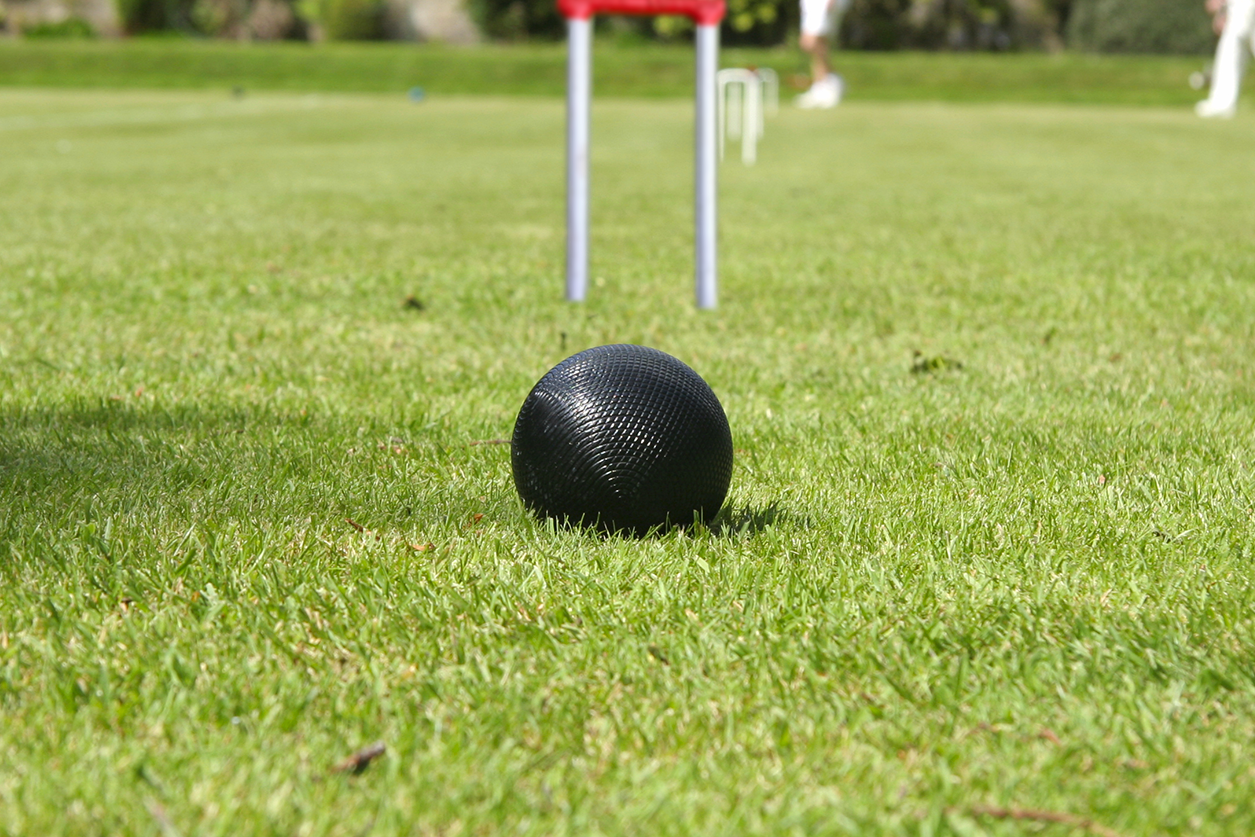There are very few things you need for a game of croquet, unfortunately one of those is a lawn! Luckily, that bit is provided by the club, and when you first take up the sport then all you’ll need to bring along will be some flat shoes.
Most players never buy more equipment than a mallet and some suitable clothes in which to play. However, there’s quite a lot of equipment that gets used during a game.

Mallets are, as you may have guessed, the big hammers which are used to hit the balls about. They can vary in all sorts of ways – predominantly the height, the size and shape of the head, the weight, and the materials used in the different parts.
You can pay anything from £20 to about £300 for most mallets, and there are many factors to bear in mind when doing so, but it generally comes down to simply what feels right to you. It’s also not at all uncommon to find some very good players using the simple, cheap mallets they started with.
The high end mallets usually focus on spreading the weight in clever ways, to help aid accuracy and power, including features such as fibreglass handles, adjustable grips, peripheral weighting, and ergonomic designs.
You can ready about this in far more depth on Oxford Croquet’s Equipment page, but sometimes the easiest way is to borrow a mallet off somebody at your club and to try a few shots to see how it feels. The club itself owns a wide range of mallets you will be welcome to use while learning the game.

A “normal” game of croquet, whether Association or Golf, requires 4 balls, each of which is 92mm in diameter, and weighs exactly 1 pound.
The balls come in sets of four, with specific colouring. These are:
Primary Set: Blue, Red, Black, Yellow
Secondary Set: Green, Pink, Brown, White
Tertiary Set: Turquoise, Orange, Burgundy, Grey
The balls are matched up with 1st & 3rd V 2nd & 4th, (eg Blue & Black V Red & Yellow)
While you won’t see much of it at normal club level, there’s a huge amount of science behind the balls, with regards to their roundness, the weighting, and the bounciness.
The balls can be surprisingly expensive – over £75 each is not uncommon, and like mallets they’ll last a very long time! It’s pretty much always the club who will purchase the balls, so that’s one expense you won’t have to worry about!

Without hoops, the game of croquet would get pretty boring pretty quickly! The hoops are upright rectangles, made of metal, which the balls need to be put through.
You’ll find six hoops on the lawn, usually with the first painted blue on top, and the last painted red.
A number of factors dictate the efficacy of hoops, from the type of soil they’re pushed into, to the material they’re made of. As with balls, there’s a lot of work performed behind the scenes dedicated to engineering a consistent, reliable experience. While it may not seem like much, a difference of a millimetre in a hoop’s width can have an effect on players at the top level, and the more firmly the hoop is embedded in the ground can make a large difference at all levels.

At first glance, the Peg just sits there doing nothing, but it has an integral part to play in the game.
In Golf Croquet, the peg can be used to help block your opponent, and to make certain shots more difficult. It also usually has the colours of the balls in order, in case you forget the sequence!
In Association, the peg comes into play far more, with it commonly being used for making your opponent’s life more difficult, but also as the target for both your balls, after you’ve run all the hoops, to finish the game!
